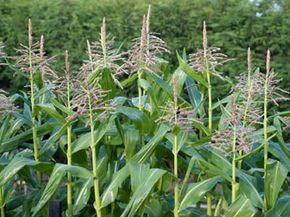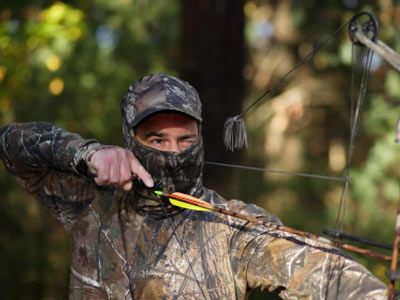Have you ever put up bird feeders in your yard or added plants to your garden so you could watch different birds and animals come to feed? If your only goal is the enjoyment of watching wildlife, then your intent is recreational feeding. Supplemental feeding goes one step farther. For example, some people dump large quantities of corn or potatoes to help sustain a deer herd -- yet this method may be considered a form of baiting, which some believe is unethical.
A third alternative is a food plot. Food plots don't pose many of the same problems as recreational or supplemental feeding, which often don't provide a digestible, balanced diet for four-legged creatures. However, once a food plot is established, it must be maintained because animals will become dependent on it as their main food supply.
Advertisement
Whatever your approach, it will likely not be problem-free. Since the 1930s, wildlife management and biologists have worried that artificial feeding spreads disease among animals. When an infected animal eats from a supplemental feeding plot, the other animals that come to feed may be infected from the saliva [source: Sperling].
Say you want to start a food plot for deer. Before you do, it's important to consider your motives. What sort of wildlife do you wish to attract? Are you interested in watching a variety of creatures? Do you hope to increase the quality of life or the health of animals on your property? Once you have identified your goals, you can then focus on what foods to plant.
For some people, however, the only reason to establish a food plot is to attract deer for hunting. If you are especially interested in deer food plots, see the next section.
Advertisement



